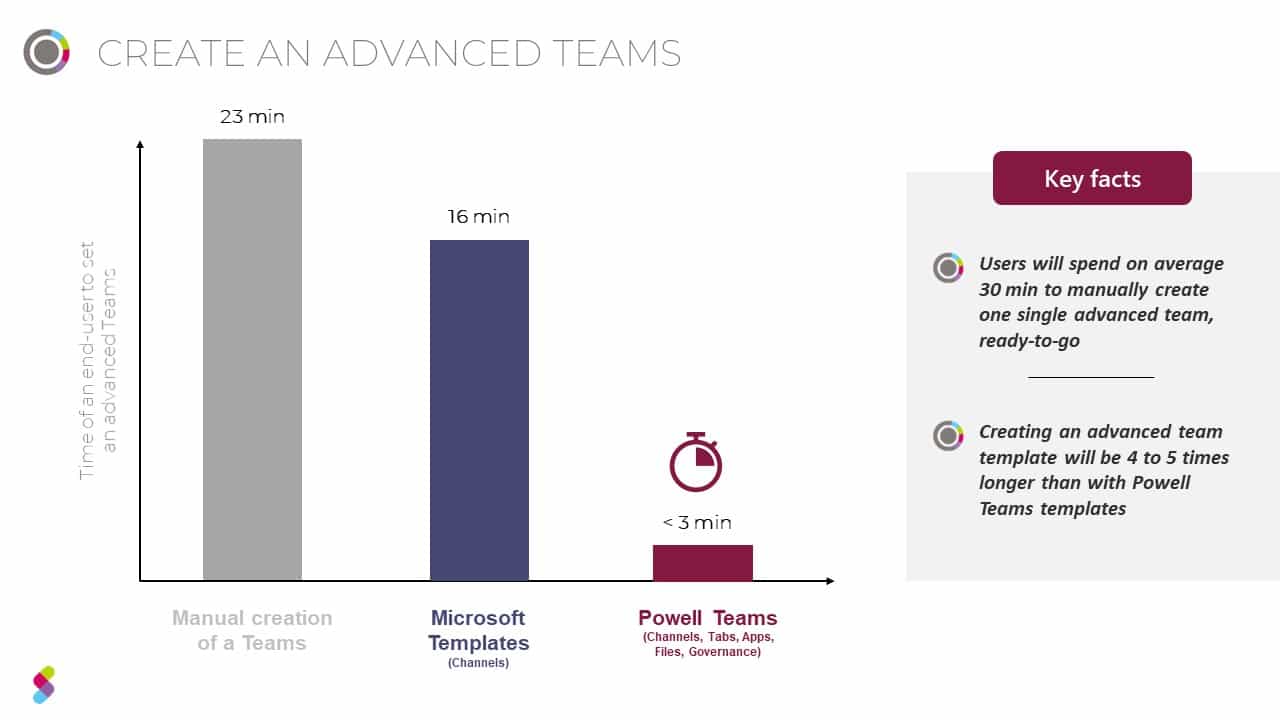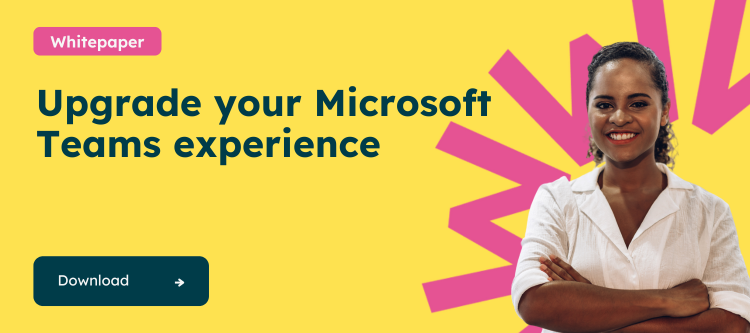What is business process digitization?
The digitalization of business processes goes beyond the simple notion of business applications. To make processes efficient, we need to understand and analyze them.
Understanding business processes:
Business processes are made up of the activities of every department and the employees who execute them. These processes form sequences of actions that can be complex and sometimes inefficient.
It’s only by mapping and modeling these processes that we can understand them and begin to make them more efficient.
First, we need to identify the tasks, steps, and resources that make up the process. Modeling them with managers, users, and IT to understand the workings of the execution circuit, the deadlines and identify unnecessary connections.
Understanding digitalization:
Digitalization of these processes then involves transforming and optimizing the execution of some or all of the tasks with digital tools that are more efficient than traditional work methods.
An example of an inefficient process vs digitalization – Onboarding a remote employee with a paper brochure vs. providing them with a digital space where they can access all the information, contacts, and documents they need.
The role of the digital workplace in process evolution
Cloud services and business applications have evolved enormously to help make tasks more streamlined. For example, Microsoft 365 has helped businesses to digitalize processes around productivity and communication with tools such as :
- SharePoint for sharing documents and information across a team or department, allowing access and co-editing in real-time.
- Microsoft Forms to easily create polls and surveys with easily readable and analyzable results.
- Microsoft Teams to switch from traditional work methods such as email to chat and more collaborative team spaces with applications and automation.
- The PowerPlatform allows to link data stored online between them and create smart bridges directly into applications that any user can create in minutes with little or no code (e.g. logistics tracking application)
- Microsoft Flow, which enables the automation of certain time-consuming tasks (e.g. automatic approvals in Teams)
- Microsoft Whiteboard offers collaborative digital whiteboards for ideation, project mapping, or brainstorming.
- … And many other tools rich in features.
Today, there are so many specific tools that users often feel overwhelmed.
The hybrid work environment – the process transformation gas pedal
Marked by Covid 19, 2020 was a standout year for accelerating digital transformation projects.
Challenged by a new remote organization, companies quickly realized the importance of their information system. They also noticed the level of resilience, and productivity that digital tools and technologies can offer.
Since then the hybrid work environment has taken hold to become the new norm.
“74% of companies plan to keep a portion of their employees permanently telecommuting” – Gartner
With the generalization of hybrid work, improving work methods and business processes has become a priority for most companies. This first resulted in an explosion in the adoption of Microsoft Teams because before finding a way to improve processes, it is necessary to be equipped with the right tools and start using them.
However, there are two challenges:
- Companies are struggling with the digitalization of business processes.
- Employees have high expectations: to stay connected and productive, with the right level of social interaction and with business processes adapted to their role.
Alongside the move to hybrid work, the migration from Skype to Microsoft Teams also impacted digitalization.
The end of Skype for Business and the advent of Microsoft Teams
First announced in 2020 by Microsoft, Skype for Business comes to an end on July 31st, 2021, in favor of Microsoft Teams. This pushed companies to make an early switch from Skype to Teams.
However, beyond just taking the features of Skype for Business and making them better, Microsoft Teams offers rich features to create collaborative spaces for everyday scenarios.
However, the adoption of Team spaces struggles to get off the ground because building an advanced, customized team with the right channels, tabs, and applications takes time and knowledge.
Microsoft Teams and the digitalization of business processes
At the same time, Microsoft Teams offers the ability to digitalize many collaborative business scenarios. Let’s take three examples of everyday activities to illustrate the potential of Teams to digitalize processes:
Human Resources – onboarding and training of new employees
Sales – managing tenders
Marketing & Communication – setting up employee ambassador programs
These three processes involve collaboration which can be done in Microsoft Teams, provided you have the time to build a Team each time the process needs to be initiated. This can quickly become time-consuming. It takes a user an average of 23 minutes to create an advanced and ready-to-use Team.
So how can companies help users by providing a simplified Team creation experience that optimizes processes while minimizing errors?
Powell Governance – the Teams application for simplified collaboration and governance
Powell Governance helps organizations maximize Teams use by enabling a collaboration experience that is both effortless and organized for end-users and managed and governed for IT teams.
Templates help deliver simpler and more efficient business processes:
Microsoft and third-party applications are integrated into pre-designed team templates, making Team creation easy for end users. Templates are based on use cases common to most companies.
Each of these tools and their uses is previously chosen, defined, and governed by IT teams to guarantee the respect of IT best practices through a guided team creation path for users.
Powell Governance does not require any support or change management project and offers uses adapted to the hybrid work environment.
Let’s take the example of MyBoatServices, a fictitious company of 7000 employees to understand what it can gain over 3 years with Powell Governance:
Direct gains
- With Powell Governance, this company saves 20 minutes per team creation
- Let’s consider that it is composed of 7 departments
- Each department has at least 1 business process involving collaboration, such as the onboarding of a new employee for HR
- If an average of 25 users is involved in this process, this company will be able to save 6300 hours over 3 years.
Indirect gains
- Social and collaborative interactions
- Fluid communication
- Reduced training and integration time
- Improved and transparent cross-functional communication
- Reduced search time for information and documents
- More digital satisfaction
- Faster team decisions
- Reduced loss of information
- Reduced security risks
- Simplified management of teams and their life cycle
Written by Julien Roland 

